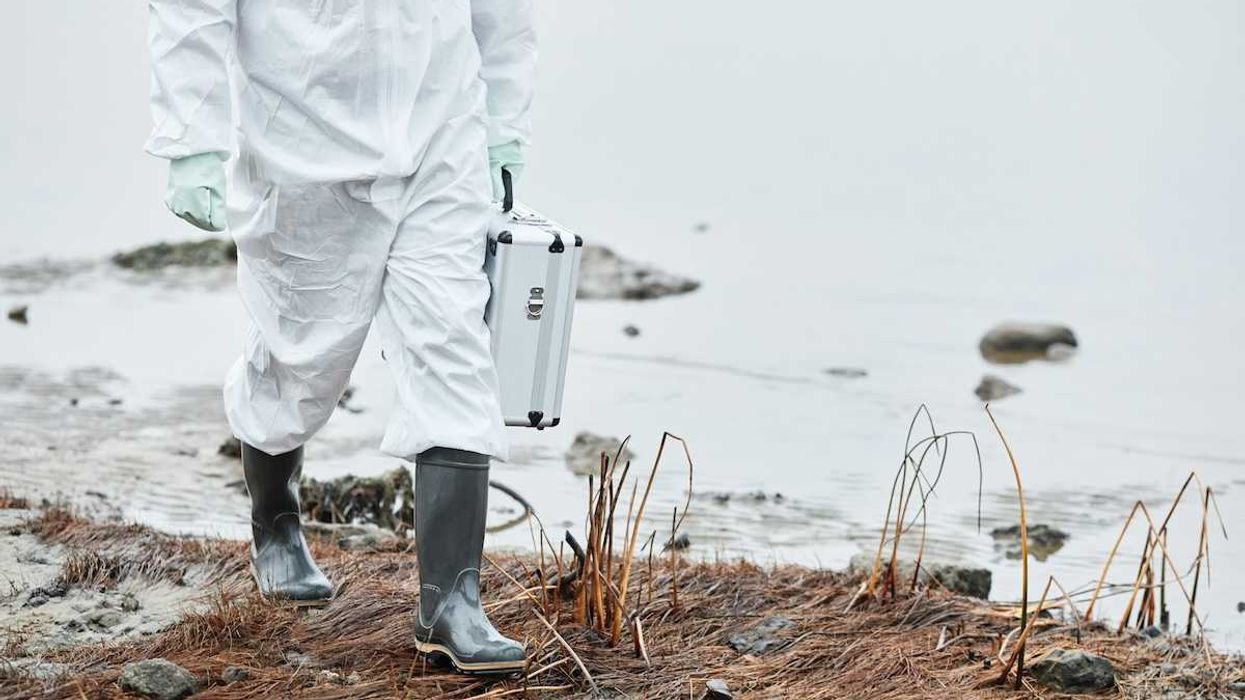Scientists are discovering microplastics in every corner of our bodies, from lungs to liver, raising serious questions about the long-term health effects of these tiny invaders.
Will Stone and Leila Fadel report for NPR.
In short:
- Microplastics—particles smaller than a pencil eraser—are found in air, food, and water with smaller particles capable of being absorbed into organs and tissues.
- Early studies link microplastics to health risks like heart disease, inflammatory bowel disease and liver problems, but causation hasn’t been confirmed.
- Experts warn that animal studies show oxidative stress and inflammation caused by microplastics, suggesting risks to fertility, metabolic health and even cancer.
Key quote:
"We know enough to act because the other option is to wait another 30, 40 years. We have all of the data and a completely crystal-clear picture."
— Susanne Brander, Oregon State University
Why this matters:
While the plastics industry downplays the risks, researchers warn we’re flying blind in a crisis of our own making. If microplastics are everywhere—our oceans, our rain, even our newborns—it’s time to ask hard questions about what it means to live in a plastic-saturated world and how we might protect our health in the age of microplastics. Read more: A plastic recipe for societal suicide.














